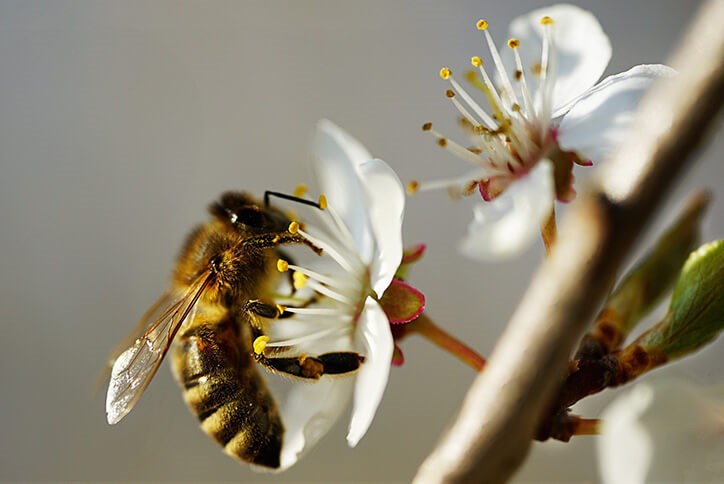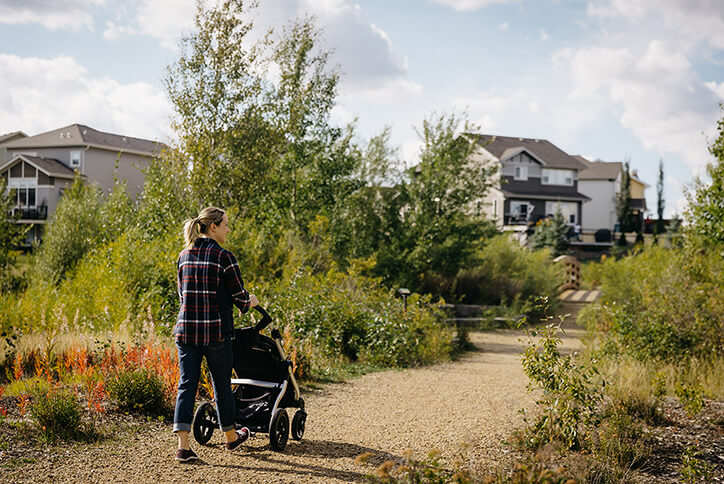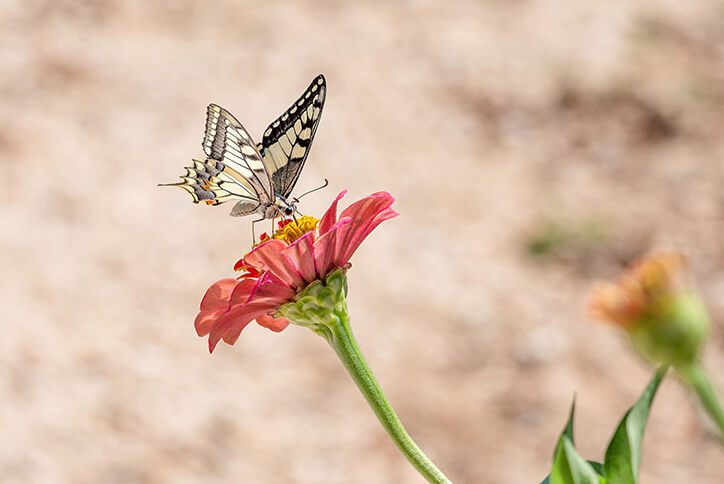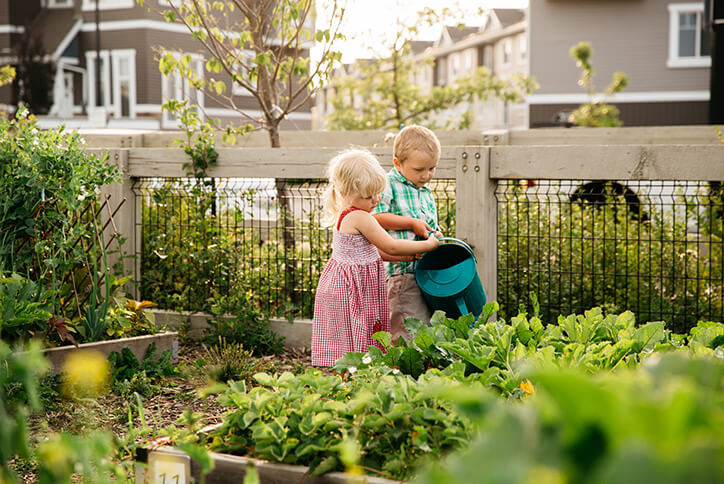
17 May . 2022
The Buzz about Bees in our Communities
We’ve began work on including apiaries into our communities. What’s an apiary? In short, it’s like an artificial beehive typically around farms or other agriculture. This brings another important question – why bring bees into our communities?
By and large, honeybees aren’t interested in disturbing people like wasps – which aren’t even pollinators. All honeybees want is nectar and pollen. So, bringing in more honeybees in controlled environments can help our communities’ plant life flourish, while also helping this insect keep its population from declining.

Why honeybees are important
With populations of honeybees and other pollinators swiftly declining, the need to better protect these insects has never been more important. After all, nearly 70 per cent of these insects help grow the food we eat every day. As far back as Albert Einstein, we understood that if the bees went extinct, humans wouldn’t last much longer.
We have included features in some of our communities to help bees continue to pollinate. At Chappelle Gardens in Edmonton, we included a pollinator greenway. Essentially, this is like a reserved space for bees and other pollinators to travel through and find safe and reliable sources of food. Not only does this help pollinators survive, it helps the plant life in our communities flourish.

Honeybees thriving in urban environments
It might be surprising to learn that urban environments are ideal for honeybees – though the work of developers does inadvertently disrupt natural habitats and ecosystems, communities like the ones we build provide honeybees with a variety of food sources while protecting them from pesticides and predators.
Most interesting is the honeybees’ pollinating season can actually last longer in urban environments. Because city structures block wind and add warmth means bees have more time to collect pollen and nectar before winter.

How we’re helping bees in our communities
There are countless private and not-for profit organizations working to help honeybee populations. Some of these companies even turn their apiaries into public art pieces, such as the ones created by Norwegian design company Snohetta (the same group who designed the Calgary Public Library).
We’re continuing to explore options on how best to reduce the impact our developments have on the planet. Sustainability remains at the forefront of our work as developers. We strive to ensure we leave as small of an impact as possible while providing Albertans with the best places to call home. This includes reducing our impact on the wildlife in the areas we develop – right down to the insect life.
